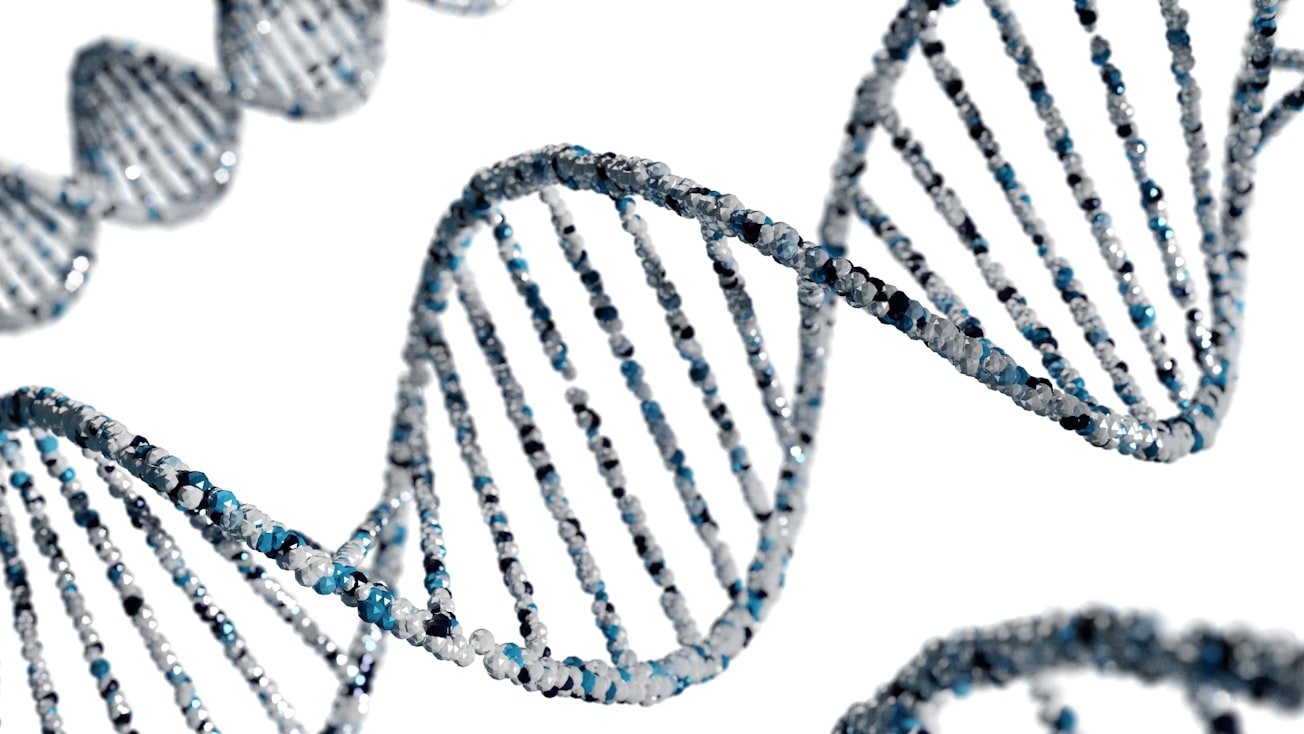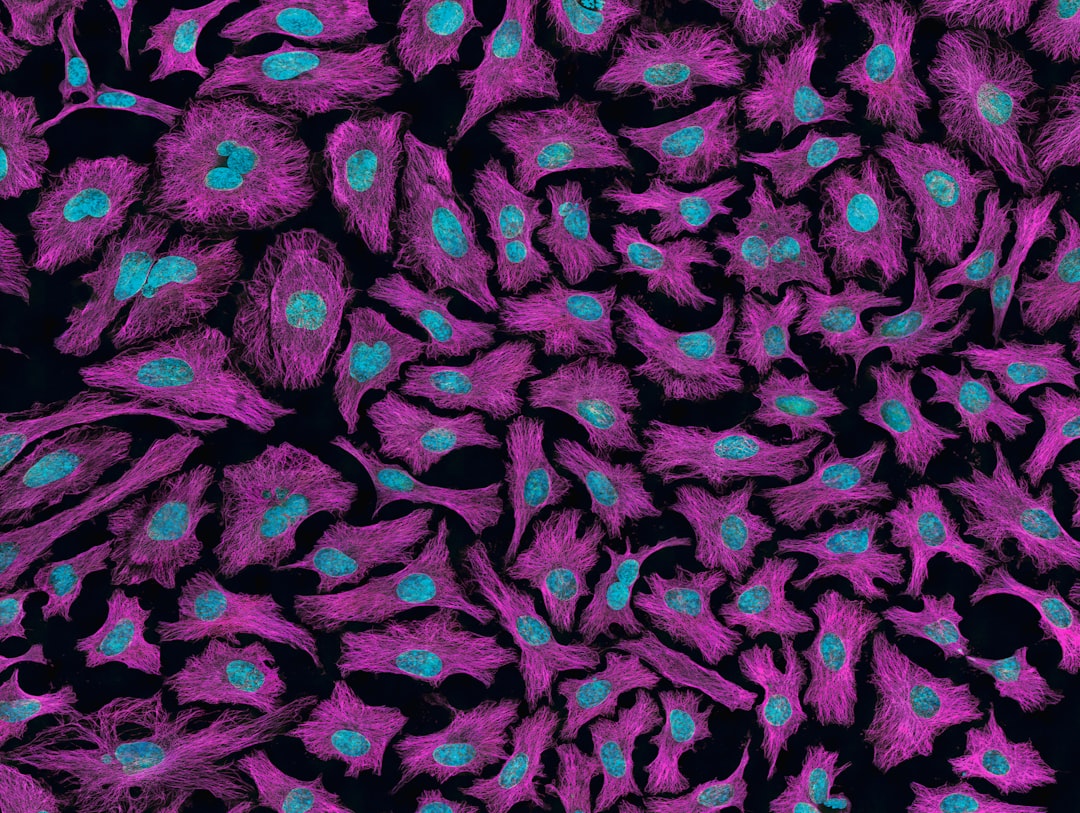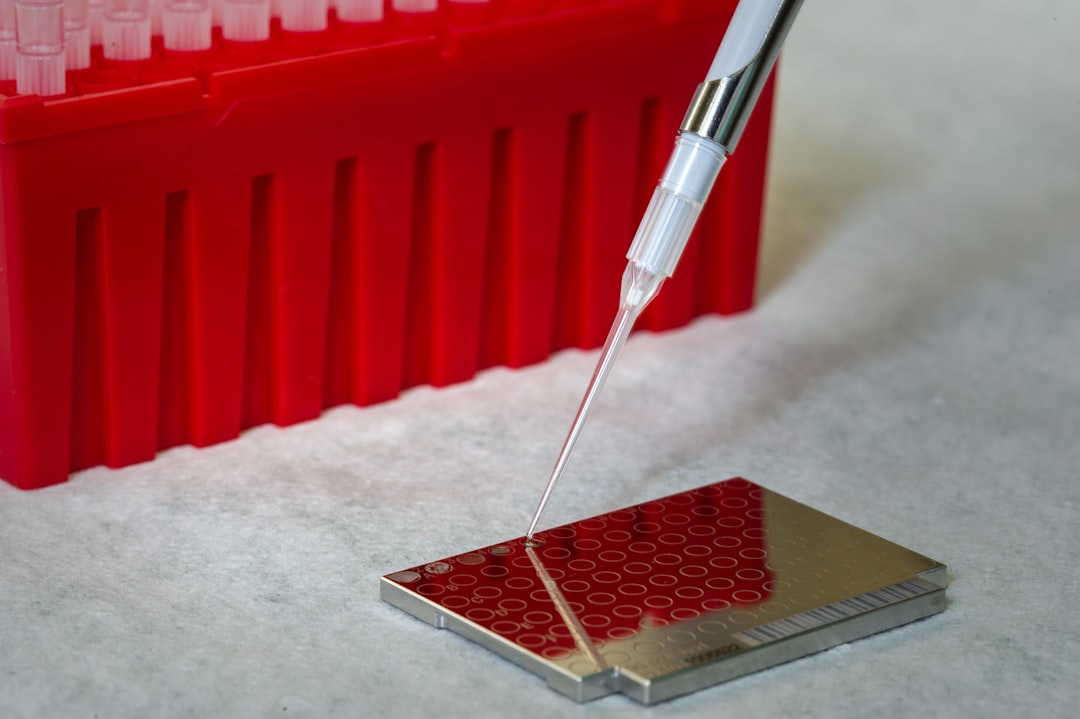What is it about?
Z-DNA is the only left-handed form of DNA. It was first discovered by Alexander Rich in 1979. For 20 years it was researched to discover the biological role of the form of DNA. Around the turn of the century, Z-DNA began to yield and biological roles began to emerge. A unique role is its association with cancer. This review covers the factors that contribute to Z-DNA formation, the presence of this form upon the formation of C8-arylguanine adducts after exposure to carcinogenic aryl hydrazines, and the potential correlation.
Featured Image

Photo by Ashraful Islam on Unsplash
Why is it important?
The mechanism of cancer formation from arylhydrazines is still poorly understood and the key to the elucidation of arylhydrazine induced carcinogenesis may lie with Z-DNA formation.
Perspectives
The paper describes a unique mechanism for carcinogenesis based on the unique Z-DNA conformation.
Professor and Associate Dean Research Peter M Gannett
Nova Southeastern University
Read the Original
This page is a summary of: C8-Guanine modifications: effect on Z-DNA formation and its role in cancer, Organic & Biomolecular Chemistry, January 2018, Royal Society of Chemistry,
DOI: 10.1039/c8ob00030a.
You can read the full text:
Contributors
The following have contributed to this page










